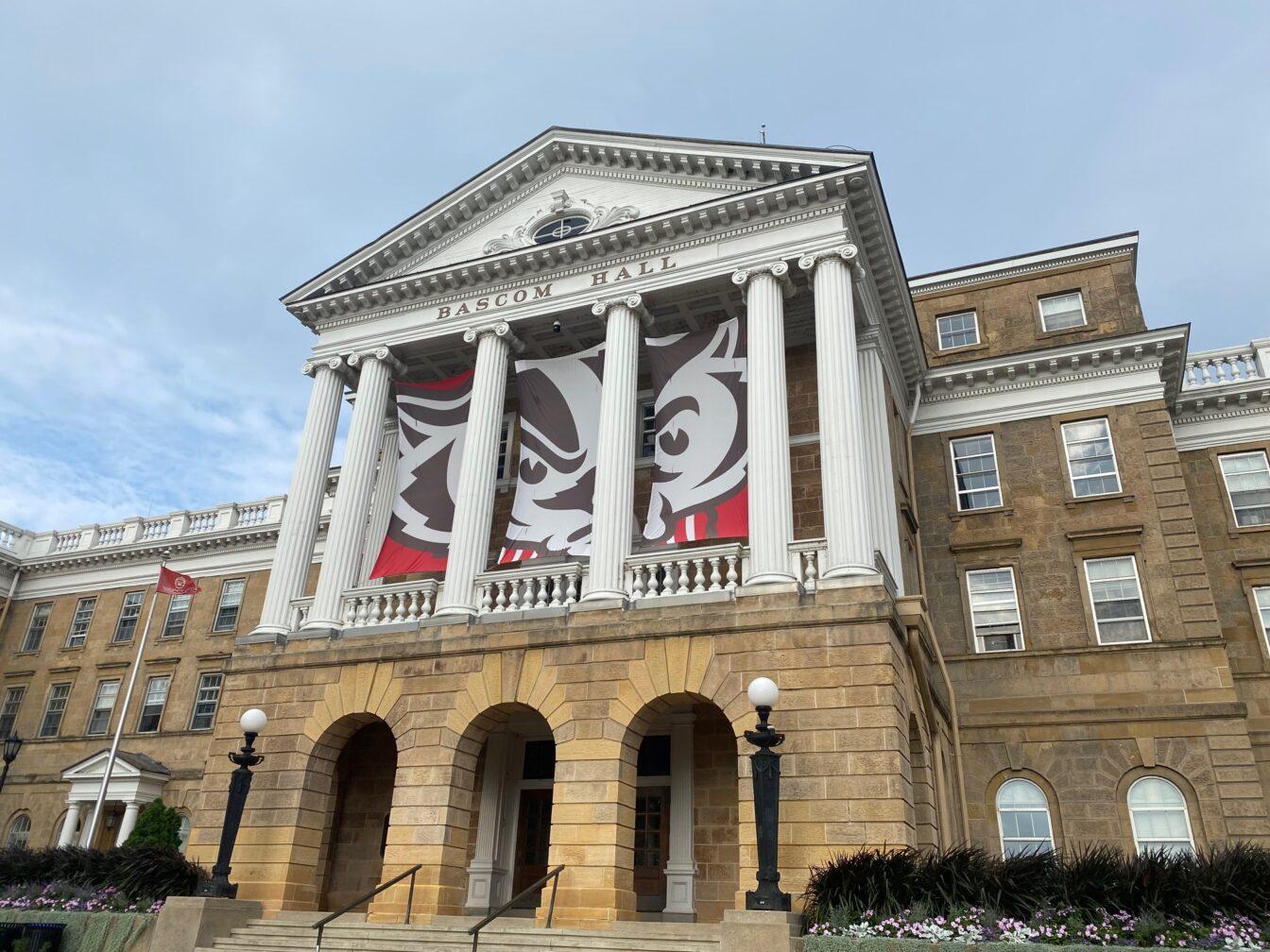The draft is on America’s mind. With Bush calling for war, some hear a call for reinstating conscription echoing in his words. Even today, with no existing draft, all 18-year-olds are required to register.
Bush has called in reserve forces and given authority to Defense Secretary Donald Rumsfeld to boost forces by mobilizing up to 50,000 citizen-soldiers from the 900,000 members of the National Guard and Reserves. Officials and experts say any form of draft reinstatement is highly unlikely. Military officers agree that the current all-volunteer military is ready and able to do the job, rendering the draft unnecessary.
The United States has not used the draft since the Vietnam War; however, 18-year-old males must still register for the selective service.
“I don’t see a need for the draft in the near future,” said a spokesperson for the UW-Madison Army ROTC. “What everyone needs to think about it is what can happen to you.”
It would take an act of Congress to restore the expired Military Selective Service Act, one that is not anticipated.
Today, 1.4 million Americans serve in the active component of the military.
During the Persian Gulf War, President Bush called 265,000 members of the Guard and Reserve but still did not set the draft in motion.
Newspapers, television and radio alike have referred incessantly to branches of the military since the Sept. 11 attacks, leaving many puzzled as to how the military is actually related.
The Defense Department has four branches of armed forces. Within those departments lie six reserve elements. Each of the four services has its own reserve forces: the Army Reserve, the Naval Reserve, the Marine Corps Reserve and the Air Force Reserve.
Like the National Guard, these reserve forces are made up of volunteers who serve on a part-time basis. Like those in the National Guard, these reservists train one weekend per month and two full weeks each year.
Unlike the National Guard, the reservists report directly to their branch. The Army directs the Army Reserve and the Air Force directs the Air Force Reserve.
The Army National Guard and the Air National Guard operate separately.
In peacetime, Guard troops report to their state’s governor. Only when Guard units are federalized or mobilized ? called to active duty ? do they come under the control of the Army or Air Force.
The Army Reserve was founded in 1916.
White House officials have said that much of the war on terrorism will be fought with assault units and the military’s special counter-terrorism forces.
According to the Los Angeles Times, an assault unit known as the 82nd Airborne ? not a part of the Special Forces ? has arrived at bases near Pakistan’s border with Afghanistan, home of the Taliban forces, who are said to be harboring Osama bin Laden. Bin Laden was recently named the prime suspect in the Sept. 11 attacks. However, military officials refused to comment on the 82nd Airborne Unit.
Military information is more easily withheld from the media in times of international conflict, especially when much of the military action relies on security measures. This ensuing conflict is expected to be a prime example of these restrictions.
“These are the kinds of operations that the public won’t know when or if they go,” Col. Roger King, head of public affairs at Ft. Bragg, a gathering place for elite soldiers, said in an interview with The Chicago Tribune. “These soldiers work under a shroud of secrecy. They don’t like a lot of attention or publicity.”







